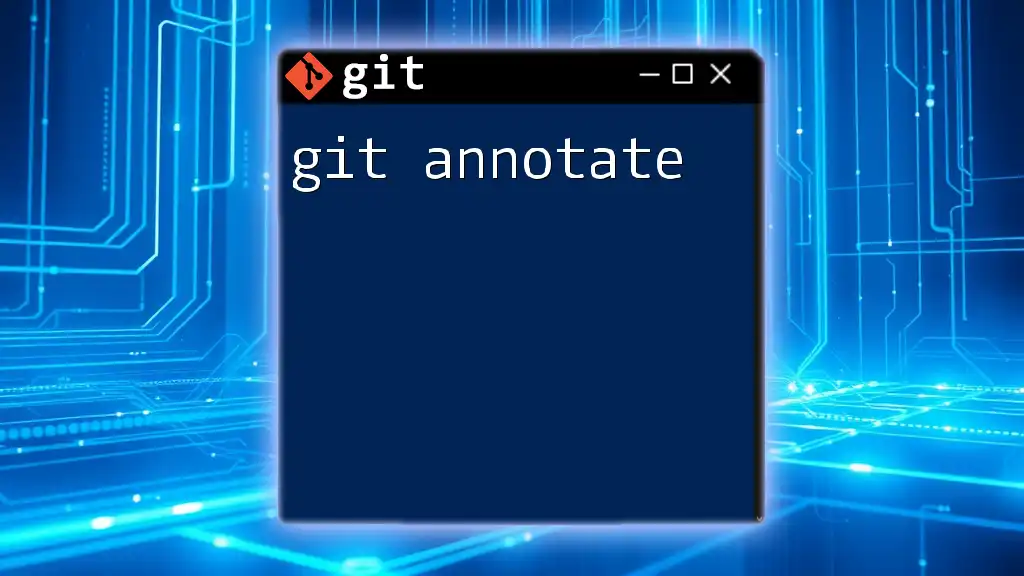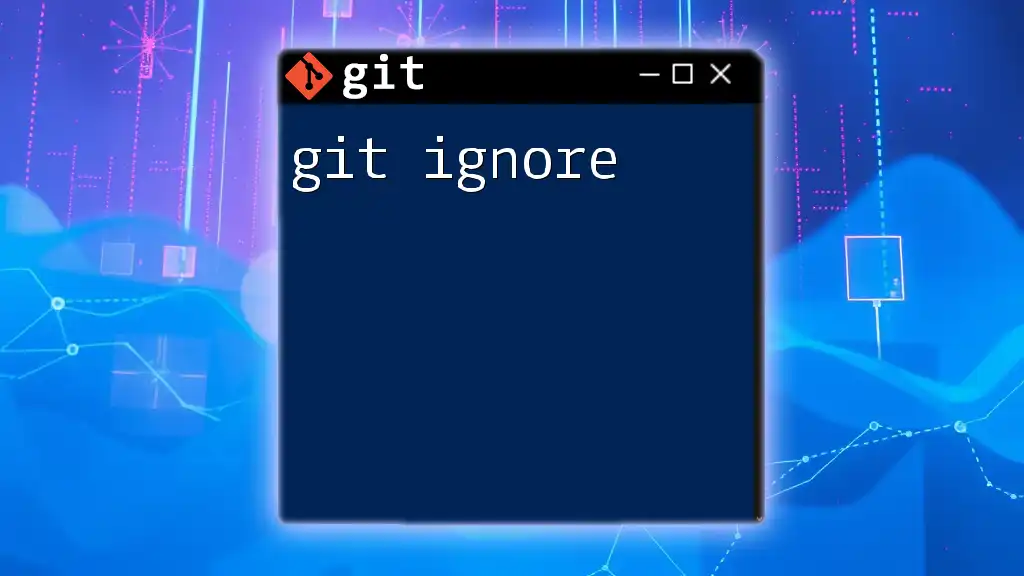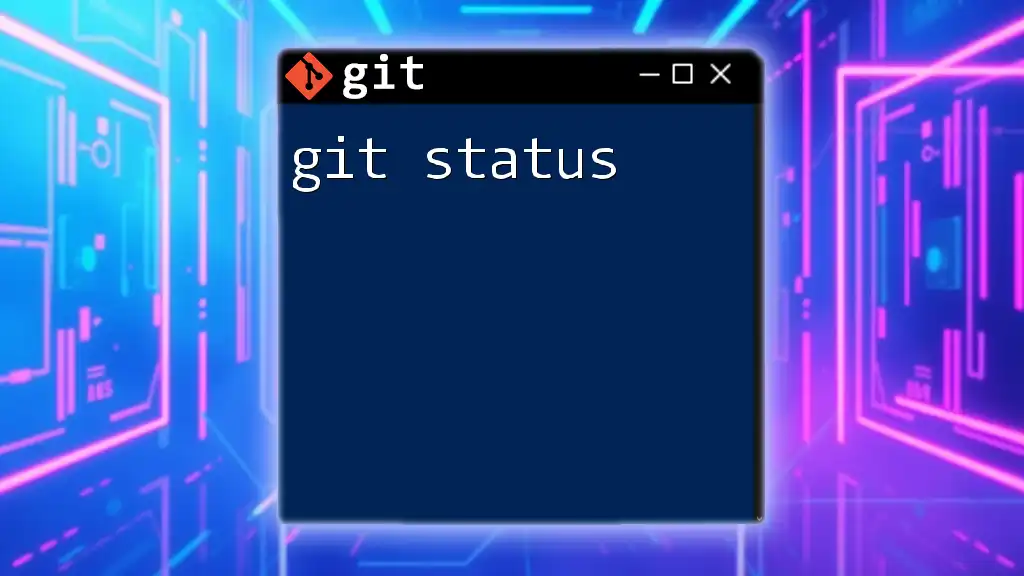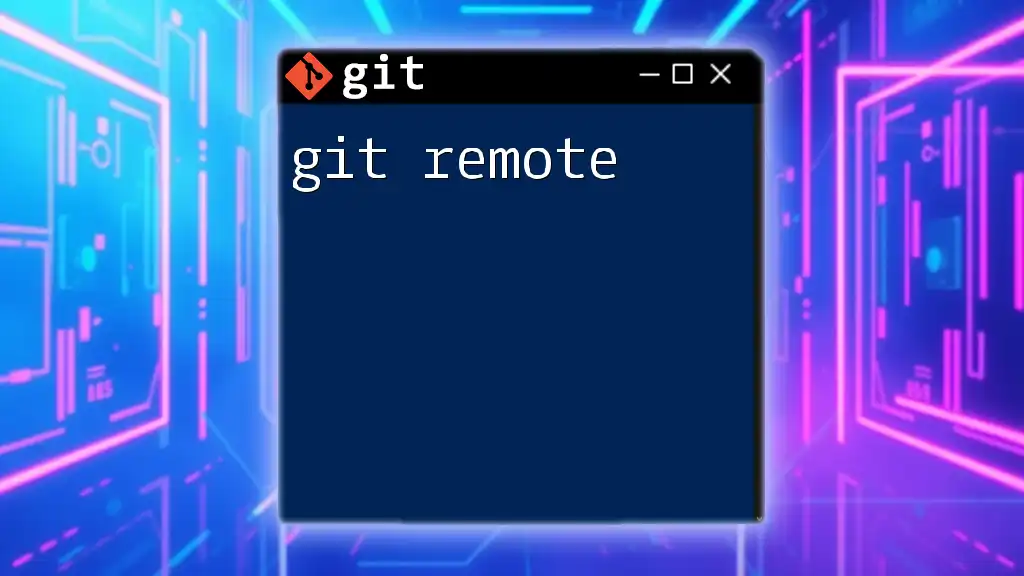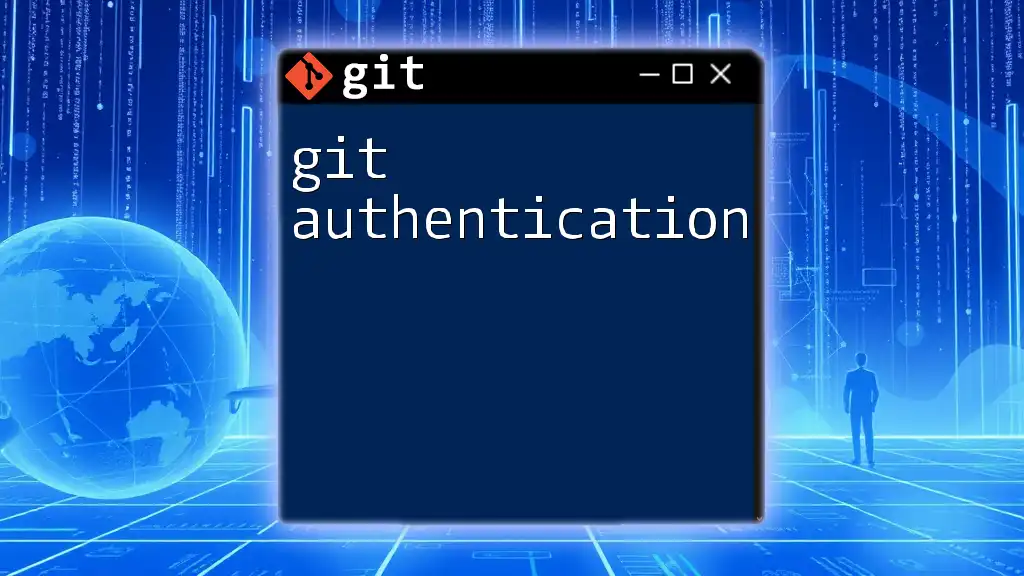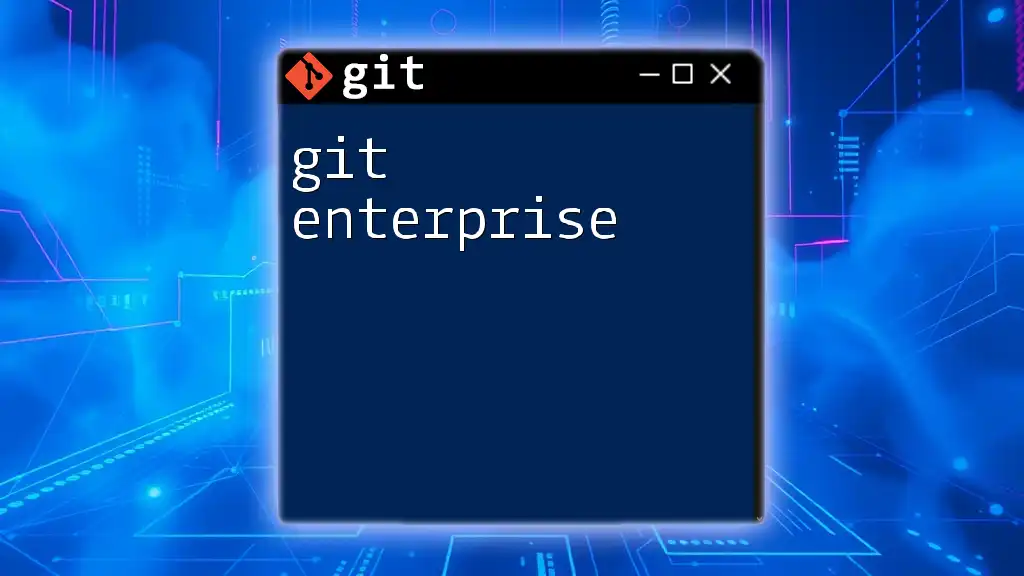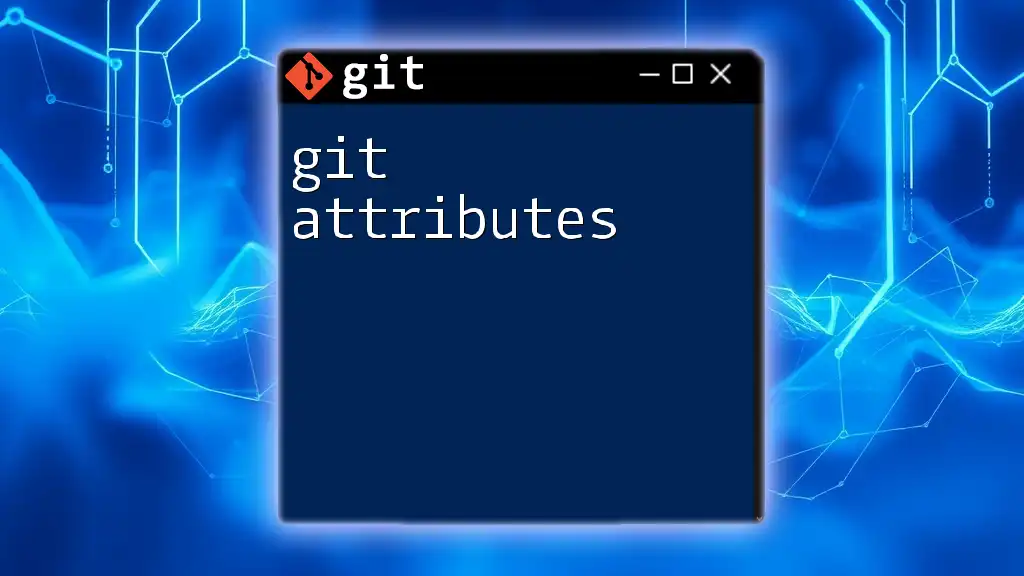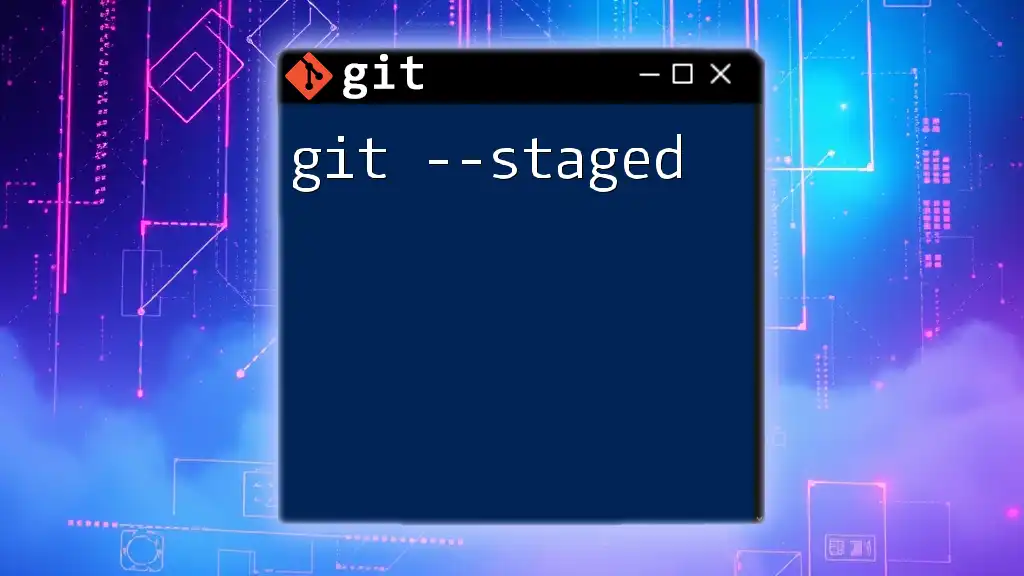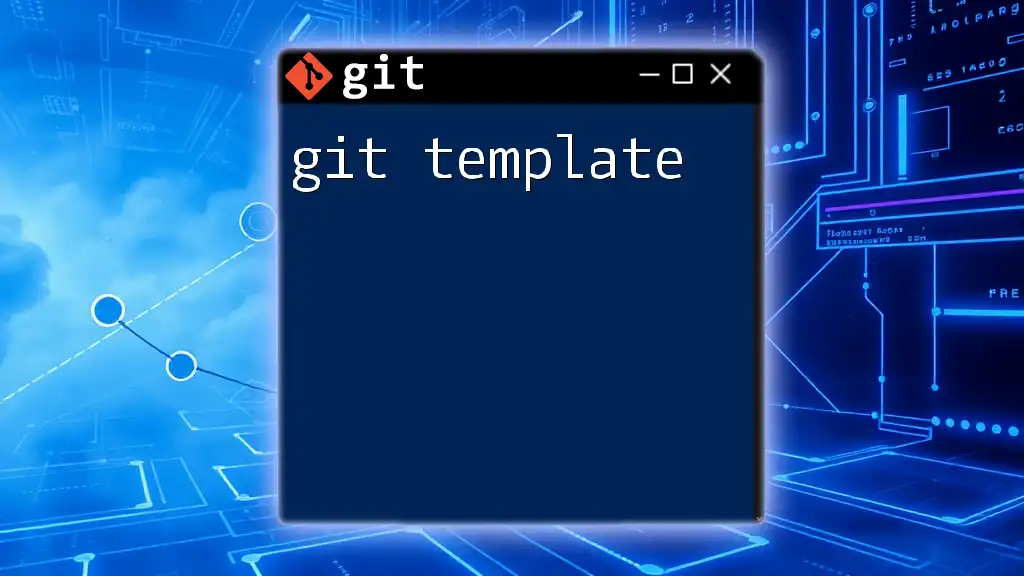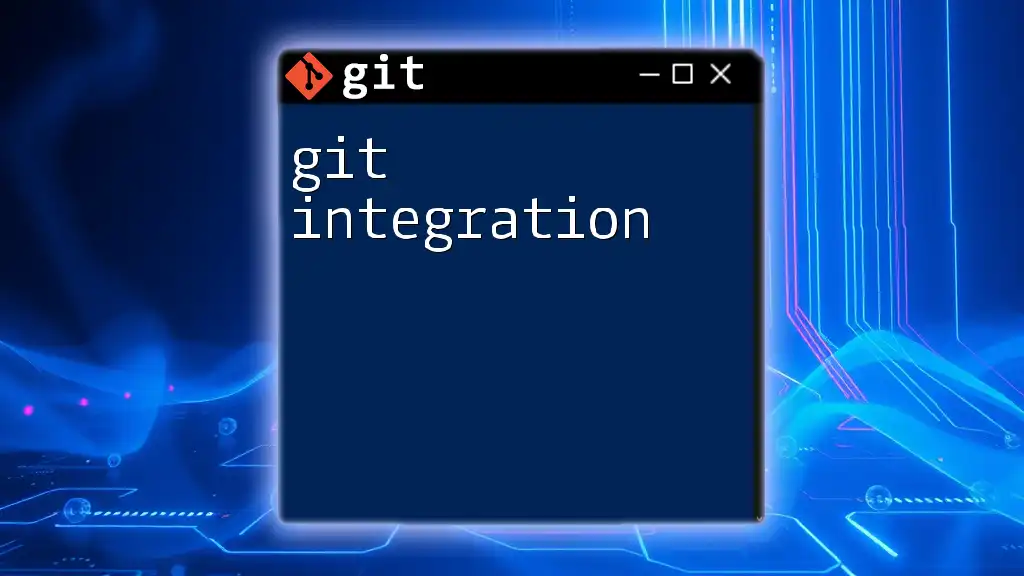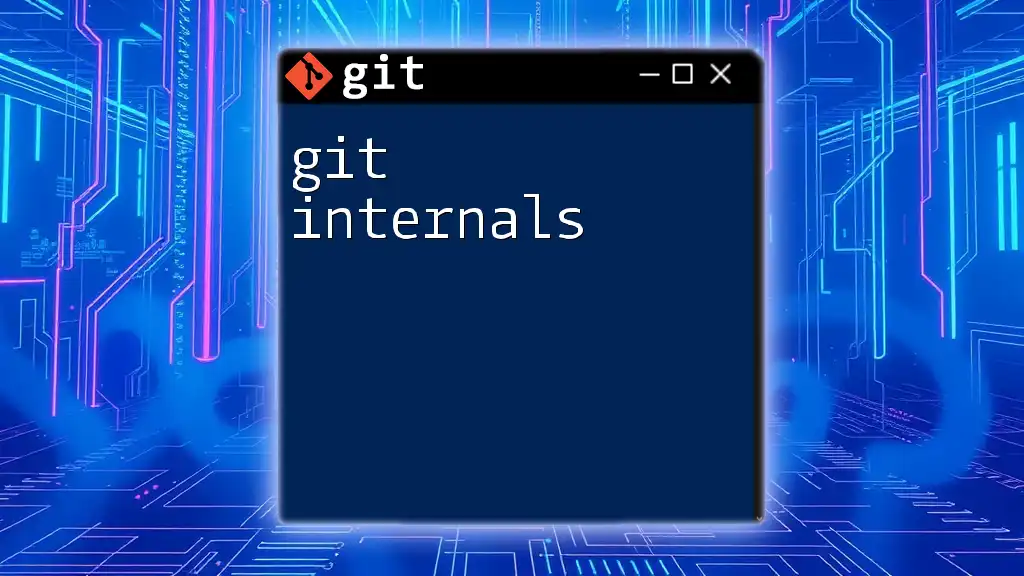`git annotate` is a Git command that shows the last modification for each line in a file, along with the author and commit details.
git annotate <file>
Understanding Git Annotate
Definition
`git annotate` is a command that provides a line-by-line annotation of a file, displaying the last commit information for each line. This means that for every line of code in a file, you can see who made the last change, when it was made, and which commit introduced that line. This is incredibly helpful for understanding the evolution of a file over time and for identifying which specific changes are important.
How Git Annotate Differs from Other Commands
While `git annotate` shares similarities with other Git commands, it has a distinct purpose.
-
git blame: Often seen as equivalent to `git annotate`, `git blame` is more focused on showing the last modification of each line along with the user who made that change.
-
git log: This command provides a history of all commits but does not break down changes line by line.
-
git show: This command displays various types of objects, such as specific commits and their details, which can be helpful for understanding the history but needs more context when looking at individual lines.
Overall, `git annotate` provides a targeted approach to examining the history of changes on a per-line basis.
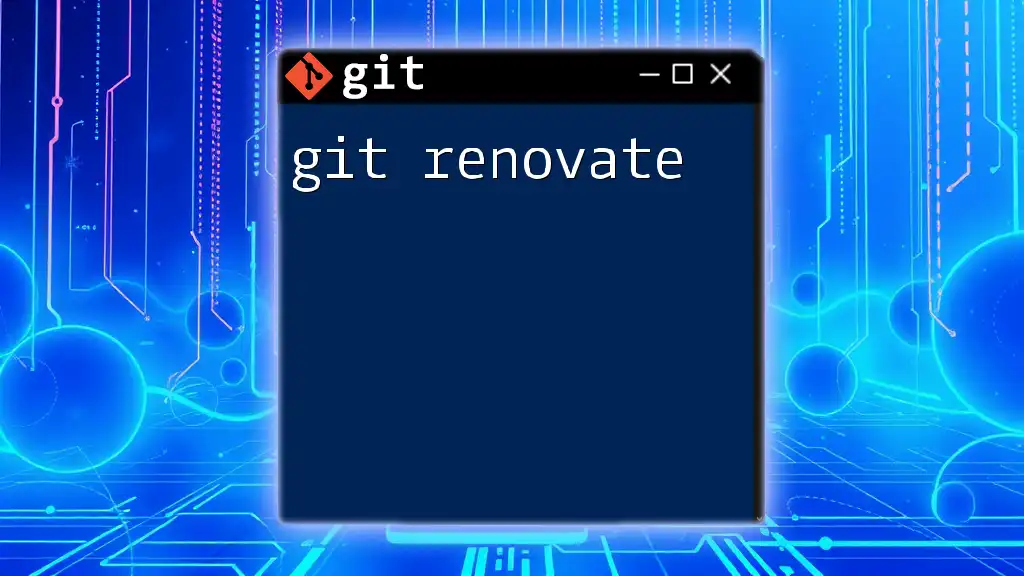
Getting Started with Git Annotate
Prerequisites
Before using `git annotate`, ensure you have Git installed and configured on your system. It is essential to have a repository with files to work on, as the command will be used to analyze file changes based on previous commits.
Basic Syntax
The general syntax for the `git annotate` command is:
git annotate [options] [<file>]
The options allow you to customize your output, while `<file>` specifies the file you want to annotate.
Using Git Annotate for the First Time
To run `git annotate` on a file, you can use the following command:
git annotate example.txt
When executed, you will see output resembling:
1d77e94f (Alice 2022-01-10 15:32:05 +0300 1) Line one of the file
2e1352fe (Bob 2022-02-15 10:10:15 +0300 2) Line two of the file
Here’s what each part means:
- Commit Hash: The unique identifier for each commit (e.g., `1d77e94f`).
- Author: The name of the person who made the change.
- Date: When the change was committed.
- Line Content: The actual line of text from the file.
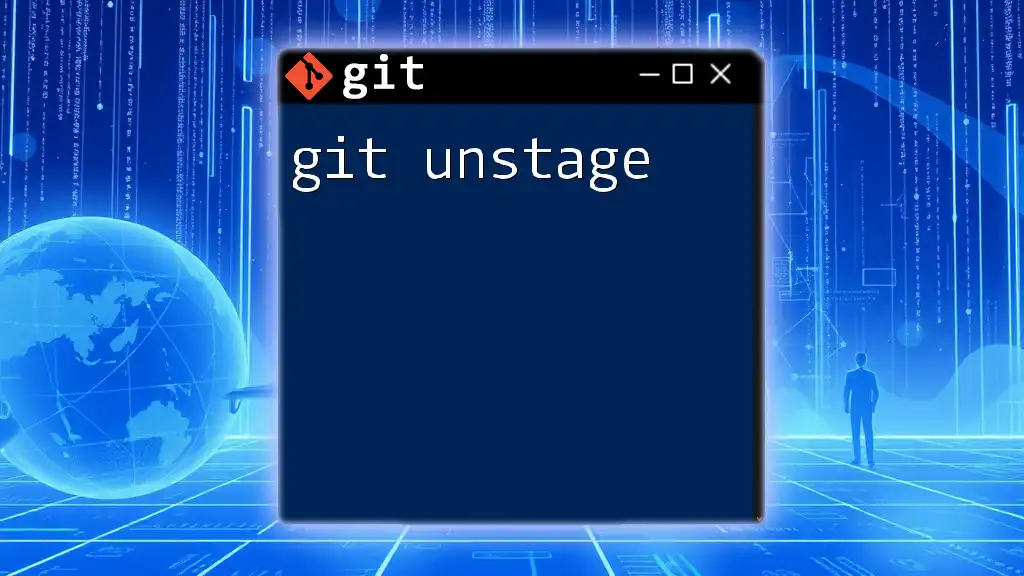
Advanced Features of Git Annotate
Filtering by Author
You can restrict annotations to a specific author by using the `--author` option. For example:
git annotate --author="Alice" example.txt
This command will display only the lines that were last modified by Alice, offering a focused view of her contributions.
Showing Annotations for a Specific Commit
To see annotations as they appeared in a specific commit, use the following syntax:
git annotate <commit-hash> -- example.txt
This command allows you to understand how the file looked at that particular point in history, providing context for the changes made during that commit.
Color and Formatting Options
Customizing your output can improve readability. You can use the `--color` option to enhance the display:
git annotate --color example.txt
This option highlights changes, allowing you to distinguish between authors, dates, and other elements more easily.
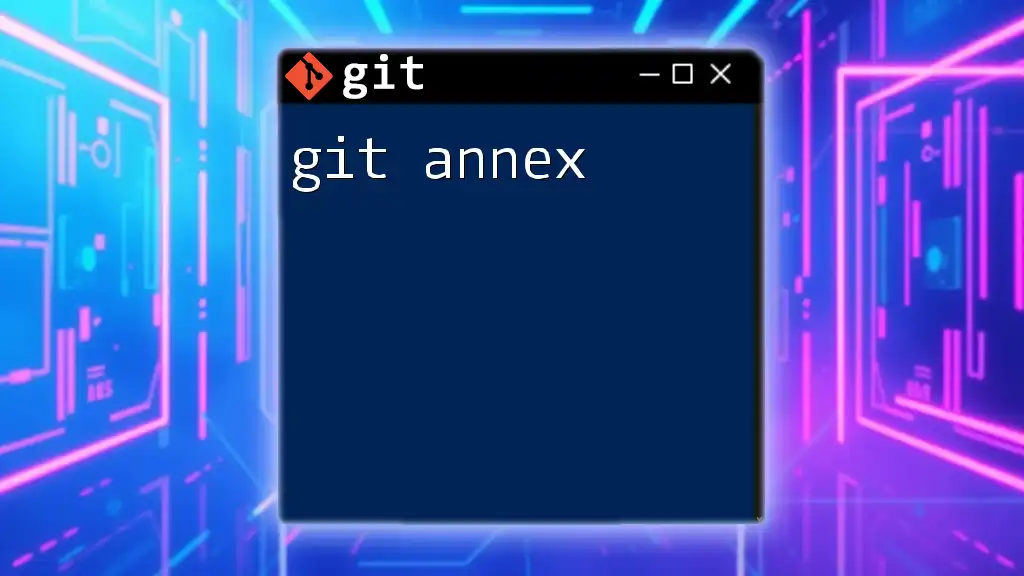
Combining Git Annotate with Other Commands
Utilizing with Git Diff
Using `git diff` alongside `git annotate` provides a broader context for changes. For example:
git diff example.txt
This command shows you what changes have been made compared to the previous commit, helping you see how the file evolved alongside the annotations.
Integrating with Git Log
You can further complement your understanding of file changes by using `git log`. Combining outputs can provide a comprehensive historical perspective. For instance:
git log -p example.txt
This command gives you the commit history along with patch details for the specified file, enabling you to understand why certain changes were made.
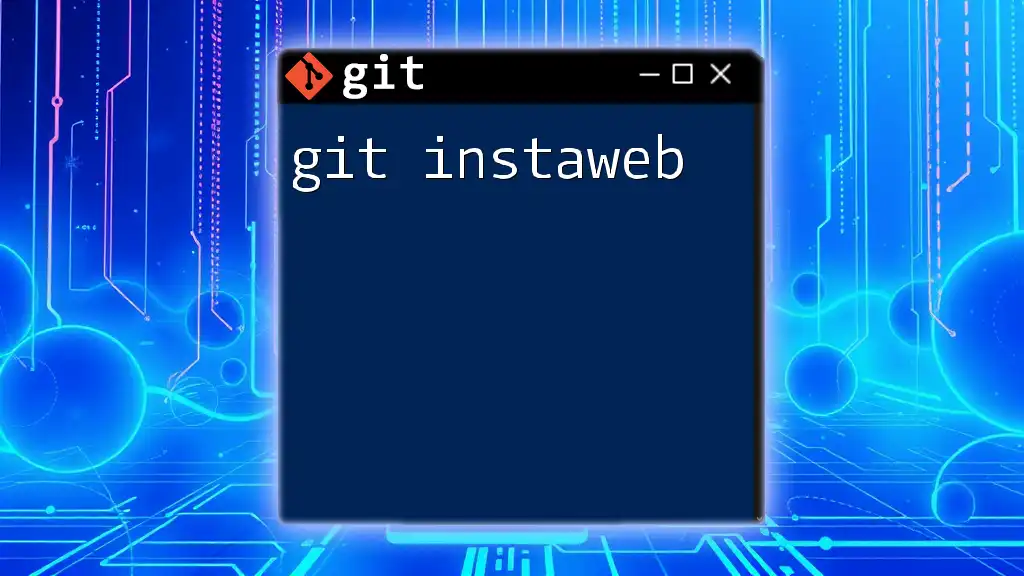
Practical Use Cases for Git Annotate
Collaborating in Teams
In collaborative environments, understanding who made specific changes becomes vital. Teams can use `git annotate` to identify the authorship of code sections, facilitating discussions and clarifying responsibilities for bugs and features.
Debugging and Tracking Bugs
When bugs arise, knowing the last person who modified a line can be instrumental in troubleshooting. Utilizing `git annotate` allows developers to pinpoint problematic code quickly and collaborate effectively to address issues.
Learning from Previous Changes
For new developers, `git annotate` serves as a valuable learning tool. They can examine the thought processes and coding styles of more experienced team members by reviewing annotations on relevant lines, ultimately aiding their growth and programming skills.
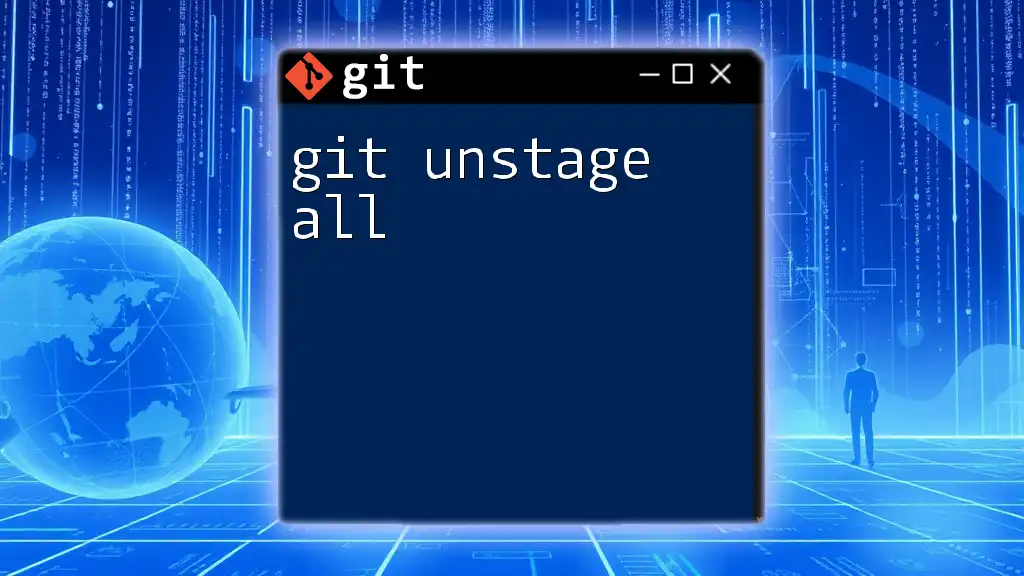
Tips and Best Practices
Frequent Usage
Integrate `git annotate` into your development workflow. Rather than waiting for issues to arise, regularly use it to understand your code better and keep track of the evolution of your files.
Interpret Results Effectively
Ensure that you comprehend the output of `git annotate`. Pay attention to the commit hash and author details as they hold significant contextual information necessary for informed decision-making.
Avoiding Over-Reliance
While `git annotate` is powerful, don't use it as your only tool for tracking changes. Combine it with other commands like `git log` and `git diff` to gain a holistic view of your repository's history.
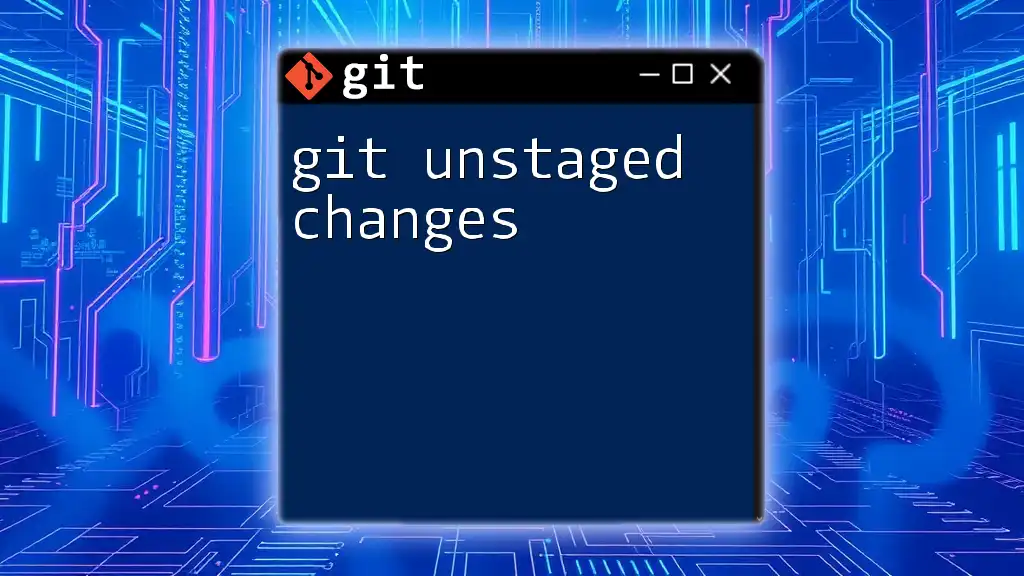
Conclusion
In summary, understanding how to use `git annotate` effectively can greatly enhance your productivity and the quality of collaboration in software development. By providing detailed insights into the authorship and history of each line in your files, this command empowers developers to make informed decisions and cultivate a better coding environment. Practice using `git annotate` regularly to familiarize yourself with its functionalities and improve your development workflow.
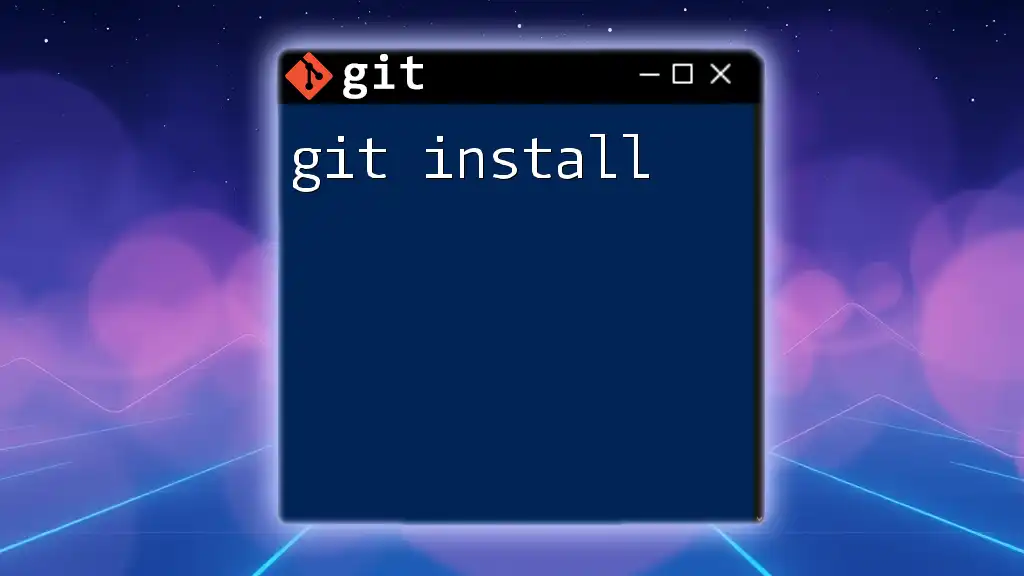
Additional Resources
Documentation
For further reading on the `git annotate` command and its options, visit the [official Git documentation](https://git-scm.com/docs/git-annotate).
Tutorials and Guides
Explore additional tutorials on Git to deepen your knowledge and skill set. Websites like [Codecademy](https://www.codecademy.com) and [freeCodeCamp](https://www.freecodecamp.org) offer great resources.
Community and Forums
Engage with the Git community through forums like [Stack Overflow](https://stackoverflow.com) or the [Git mailing list](https://git-scm.com/community). These platforms offer a wealth of shared knowledge and opportunities for learning and troubleshooting.

